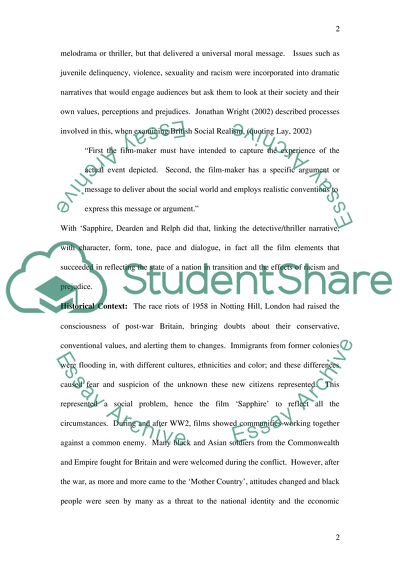Cite this document
(“Film studies Essay Example | Topics and Well Written Essays - 1500 words”, n.d.)
Retrieved from https://studentshare.org/miscellaneous/1540517-film-studies
Retrieved from https://studentshare.org/miscellaneous/1540517-film-studies
(Film Studies Essay Example | Topics and Well Written Essays - 1500 Words)
https://studentshare.org/miscellaneous/1540517-film-studies.
https://studentshare.org/miscellaneous/1540517-film-studies.
“Film Studies Essay Example | Topics and Well Written Essays - 1500 Words”, n.d. https://studentshare.org/miscellaneous/1540517-film-studies.


